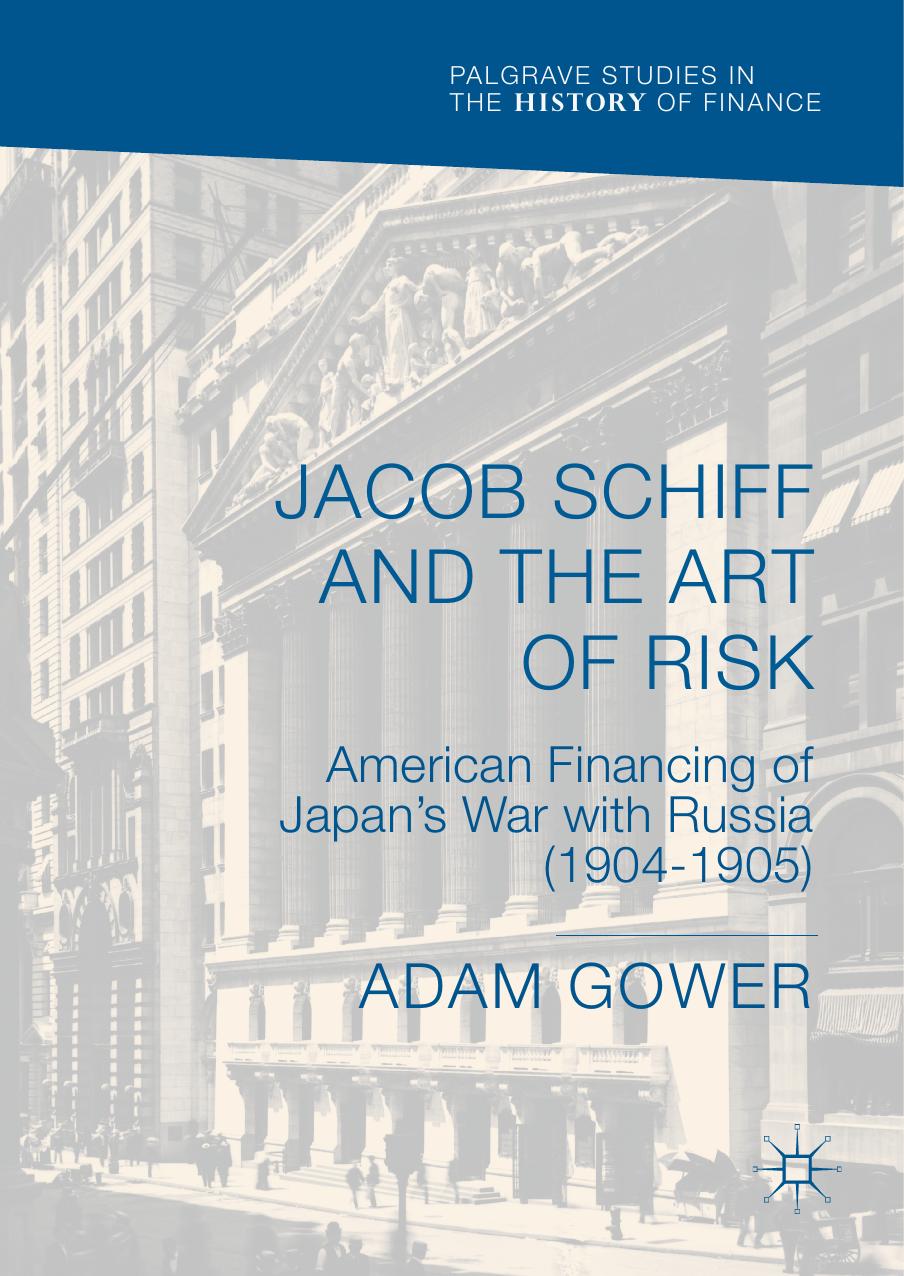Jacob Schiff and the Art of Risk by Adam Gower

Author:Adam Gower
Language: eng
Format: epub, pdf
Publisher: Springer International Publishing, Cham
Market Conditions and Relative Pricing
Compared to the prior three years, the New York stock exchange enjoyed a considerably higher bond sale volume in 1904. Sales exceeded $1 billion of bonds that year, compared to only $684 million in 1903 and approximately the same amounts in 1902 and 1901. Despite what amounted to a 50% increase in the supply of bonds during 1904, there was no shortage of demand, and competition for the resulting limited supply contributed to upward pressure on pricing.110 One factor that drove up pricing for bonds was rebound from a panic that had afflicted the markets in 1901. In the immediate aftermath of the 1901 downturn, bond issuers had been driven to borrow with short-term maturities in anticipation of better pricing once the markets had rebounded. By late 1904 that rebound was fully underway, longer-term borrowing was back, market confidence had recovered, and liquidity had returned.111
Earlier in 1904, Schiff bemoaned the paucity of what he considered investment-grade opportunities available on the markets. ‘Money is quite worthless’, he said in a letter to Kahn on 2 June 1904, ‘being offered for three months at 2½% and for six months at 3½%, and the bond and share market is also devoid of activity’.112 He understood that by pricing the Japanese bonds as favourably as he did, they would be made very attractive in comparison with other options available to investors and would consequently drive up demand. This accentuated the benefit he received from the return of the bull market as the recovery from the downturn of 1901 got underway and from accelerated speculation that began to build from September 1904.
12 September 1904 saw a share volume traded on the New York Stock Exchange of 1,273,623, which was a six-month high following a period of relative quiet. This was the beginning of ‘a period of public speculation in securities which has rarely been surpassed in sustained activity of long duration’113 and was marked by a strong upward trend in pricing as a result of expanding demand. In fact, the thirty-month period to March 1904, two months before the first Japanese bond issue, was characterized by a decline in trading volume of over 20% and so saw the need for particularly attractive pricing on the Japanese bonds.
However, the thirty-month period from September 1904 saw a 25% increase in volume. This represented a 64% increase in trading volume for the period from the lows of the 1901 downturn.114 The Commercial and Financial Chronicle summarized the overall market in 1904 for bonds as it would have appeared to investors as follows:The listings on the New York Stock Exchange during the year 1904, as compiled in our usual form, disclose facts of considerable importance. Among these we note (1) the large increase in the output of bonds for new capital, the total being more than double that for the preceding year, and far in excess of the record of any previous twelve-months; (2) the extraordinary amount of bonds for improvements, and particularly the large sum devoted to railroad terminals at New York, St.
Download
Jacob Schiff and the Art of Risk by Adam Gower.pdf
This site does not store any files on its server. We only index and link to content provided by other sites. Please contact the content providers to delete copyright contents if any and email us, we'll remove relevant links or contents immediately.
Pale Blue Dot by Carl Sagan(4613)
The Rules Do Not Apply by Ariel Levy(4523)
Goodbye Paradise(3446)
Ogilvy on Advertising by David Ogilvy(3327)
Delivering Happiness by Tony Hsieh(3283)
Liar's Poker by Michael Lewis(3222)
Into Thin Air by Jon Krakauer(3130)
Purple Cow by Seth Godin(3069)
Rogue Trader by Leeson Nick(2825)
The Social Psychology of Inequality by Unknown(2763)
The Airbnb Story by Leigh Gallagher(2700)
4 - Harry Potter and the Goblet of Fire by J.K. Rowling(2530)
The Mind Map Book by Tony Buzan(2415)
Bossypants by Tina Fey(2373)
All the President's Men by Carl Bernstein & Bob Woodward(2261)
Claridge's: The Cookbook by Nail Martyn & Erickson Meredith(2257)
Six Billion Shoppers by Porter Erisman(2226)
Master of the Game by Sidney Sheldon(2182)
Alibaba by Duncan Clark(1979)
